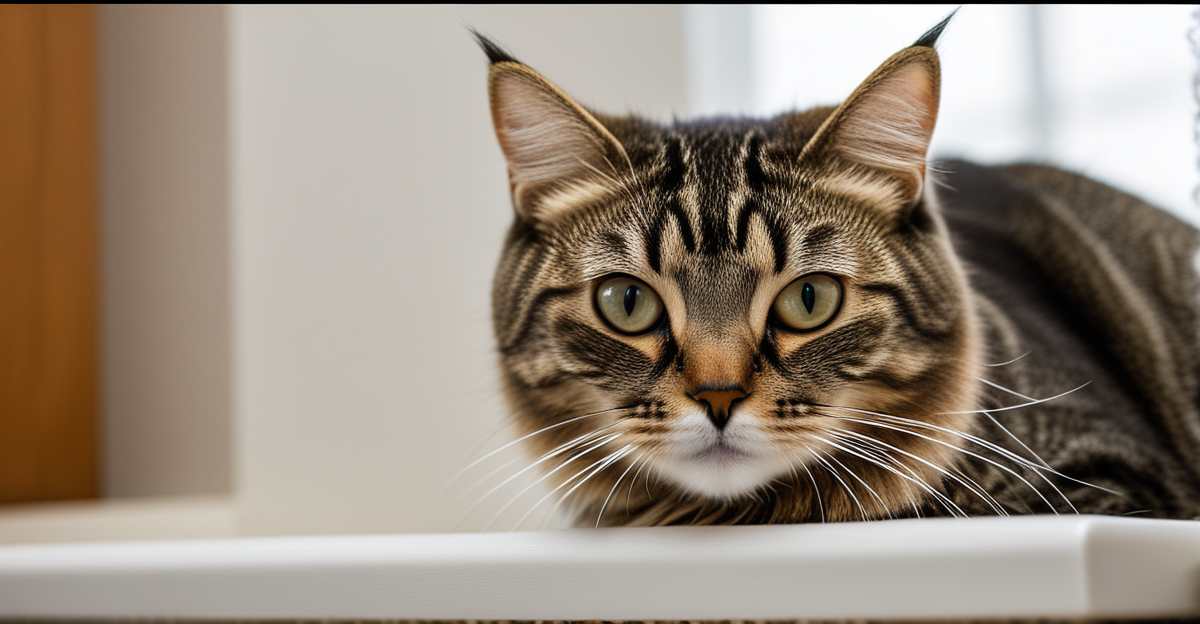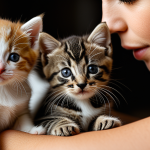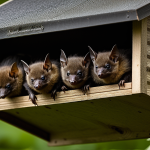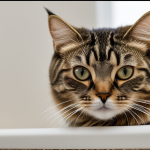Understanding the Needs of Visually Impaired Cats
Visually impaired cats face unique challenges, impacting their behavior and overall well-being. It’s crucial for pet owners to recognize and address these specific cat care needs. Common visual impairments include cataracts, glaucoma, and retinal diseases, each affecting a cat’s ability to navigate its environment and interact with family members.
Identifying the distinct needs of visually impaired cats helps in creating a supportive environment. Each impairment presents different challenges and requires a tailored approach. For instance, a cat with cataracts may still perceive light changes, while one with retinal degeneration might require a greater reliance on other senses.
Also to read : Comprehensive Guide to Nurturing Orphaned Kittens: Pro Tips for Bottle-Feeding and Ensuring Robust Growth
Creating a nurturing environment provides emotional and physical benefits. Visually impaired cats often experience heightened anxiety, which can be alleviated by setting up a consistent routine and making necessary pet needs adjustments. Simple changes, like maintaining consistent feeding and litter box locations, can significantly improve a cat’s comfort and confidence. Furthermore, offering a stable, hazard-free environment allows these cats to feel secure, aiding in reduced stress and facilitating a more fulfilling life. This approach ensures that visually impaired cats lead happy and healthy lives.
Home Modifications for Safety and Comfort
Ensuring a safe environment for your visually impaired cat involves strategic home modifications. Start by removing obvious hazards such as sharp-edged furniture and unsecured items that may tip over. Cats rely on their memory of spatial layouts, so rearrange only when necessary.
Creating clear pathways can significantly enhance a cat’s mobility and confidence. Use textured mats to delineate areas or direct movement along safe routes, helping your cat navigate easily. It’s essential to maintain familiar zones where your cat feels secure. Cubbies or designated sleeping areas, equipped with their favorite bedding, can provide a sense of security.
Non-slip materials are crucial in high-traffic areas like kitchens and living rooms to prevent slips and falls. Ensure stable furniture arrangements, as wobbling shelves or shifting surfaces could lead to injury.
By making these modifications, visually impaired cats can explore a secure and navigable home, boosting their overall well-being. These changes not only enhance safety but also offer comfort and peace of mind for both you and your feline companion.
Sensory Enrichment Strategies
For visually impaired cats, effective sensory enrichment is vital, enhancing their interaction with the environment. By focusing on other senses, you can ensure a stimulating and engaging experience for your pet. Offer interactive toys that emit sounds or have textures, like crinkle balls and bells, which tap into a cat’s acute hearing and tactile senses. These cat stimulation tools encourage physical activity and mental engagement.
Incorporating scent-focused activities also benefits visually impaired cats. Scent trails using catnip or treats can lead them to hidden rewards, promoting exploration and confidence within their familiar space. Engaging their keen sense of smell can substitute for lack of vision, allowing cats to experience their surroundings in new ways.
When implementing these strategies, consider your cat’s individual preferences and comfort levels. Gradually introduce new sensory elements and observe your cat’s reactions to tailor the enrichment to their needs. By creating a sensory-rich environment, you not only improve your pet’s quality of life but also reinforce their independence and support emotional well-being. Prioritising these strategies will help your cat thrive and adapt.
Routine and Familiarization Techniques
Establishing a consistent cat routine is crucial for the well-being of visually impaired cats, as predictability helps reduce anxiety and supports confidence. Maintaining regular feeding times, play sessions, and rest periods provides a stable structure upon which your cat can rely. When introducing new spaces or items, gradual familiarization is key. Begin by placing new objects in a limited area accessible to your cat, allowing them to explore at their own pace.
Positive reinforcement, such as treats or affection, encourages exploration and reinforces confidence. Slowly expanding the area as your cat becomes comfortable helps them adapt without overwhelming their senses. Introducing sounds or scents associated with new objects can bridge the gap of unfamiliarity, guiding your cat’s discovery process.
Pet training plays a significant role in familiarization techniques. Use verbal cues consistently to establish an understanding of safe zones or activities. Gradual exposure to changes and new environments, combined with reassuring stimuli, empowers your visually impaired cat to navigate with assurance. These strategies create a nurturing environment that supports adaptability and fosters independence, allowing your pet to lead a fulfilling life.
Essential Products for Visually Impaired Cats
For visually impaired cats, selecting appropriate cat products is essential in promoting comfort and enhancing their daily interactions. There are numerous adaptive tools on the market designed to assist with mobility and encourage play, ensuring that these cats lead enriched lives.
Tactile toys are a must-have. These toys come in various textures and can often include sound elements, such as crinkling or bells, which are excellent for stimulating cats’ senses, providing both entertainment and mental engagement. Similarly, toys with varying surfaces can appeal to their sense of touch.
For increased safety and freedom, GPS collars are a beneficial investment. These devices help owners track their cat’s whereabouts, offering peace of mind, especially in larger outdoor environments. This not only protects the cat from wandering too far but also encourages a degree of independence.
When selecting products, prioritise items that allow your cat to navigate safely and interact confidently with their environment. By choosing the right assisted living tools, you ensure that your visually impaired cat enjoys a fulfilling and autonomous lifestyle. These products are vital in fostering a secure and supportive setting for your feline companion.
Community Resources and Support for Owners
Having a visually impaired cat requires leveraging available community resources to enhance both your cat’s and your experience as a pet owner. Building a support system not only aids in pet owner support but also enriches your understanding of adaptive cat care practices.
Veterinary advice acts as a cornerstone, offering insights into managing health issues and addressing changing pet needs. Regular consultations with specialists can provide tailored solutions, ensuring your cat’s well-being. Vets can guide you in recognizing symptoms, suggesting treatments and adaptations for everyday challenges.
Join local or online support networks, where seasoned owners share experiences and practical tips. Engaging with the community fosters connection and learning, helping you to adapt your care approach based on real-life scenarios faced by others. Members often exchange valuable advice on handling daily situations, offering comfort in shared experiences.
Workshops or seminars hosted by animal organizations can be instrumental. These events bring experts and owners together, shedding light on new products and emergent care strategies. By tapping into these resources, you bolster your ability to provide an informed and nurturing environment for your visually impaired cat.










